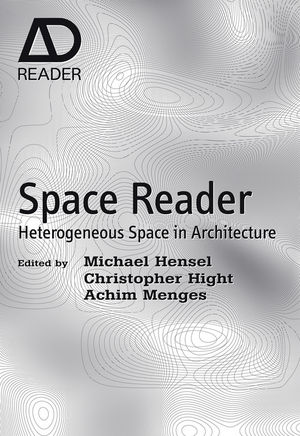Space Reader: Heterogeneous Space in ArchitectureISBN: 978-0-470-51943-1
Paperback
224 pages
May 2009
 Other Available Formats: Hardcover
|
||||||
The Space Reader provides a highly pertinent and contemporary
understanding of space for a new generation of students and
architects. It espouses a definition of space that is heterogeneous
(an object or system consisting of a diverse range of different
items). An example of heterogeneous space, for instance, is
Manhattan where complex and multiple social and technological
conditions are overlaid. (This is to be contrasted with highly
centralised and ordered Modernist cities.) With the onset of
globalisation and the Web, heterogeneneous space, with its emphasis
on differentiation, is more relevant to the contemporary condition,
which encourages the mixing of space, than a much more static
conception of Modernist space.
This book foregrounds spatial issues and the potential of heterogeneous space through a threefold strategy:
1) Its compilation of seminal essays on the discourse of heterogeneous space. These are to include previously published key texts by Reyner Banham, Andrew Benjamin, Robin Evans, Jeff Kipnis and Henri Lefebvre, as well as new texts by important contemporary commentators, such as Mark Cousins, Werner Durth and Anthony Vidler.
2) By commenting on these seminal texts and drawing links between them.
3) By distilling from the first two efforts a contemporary outlook on a discourse of heterogeneous space that is of future significance.



